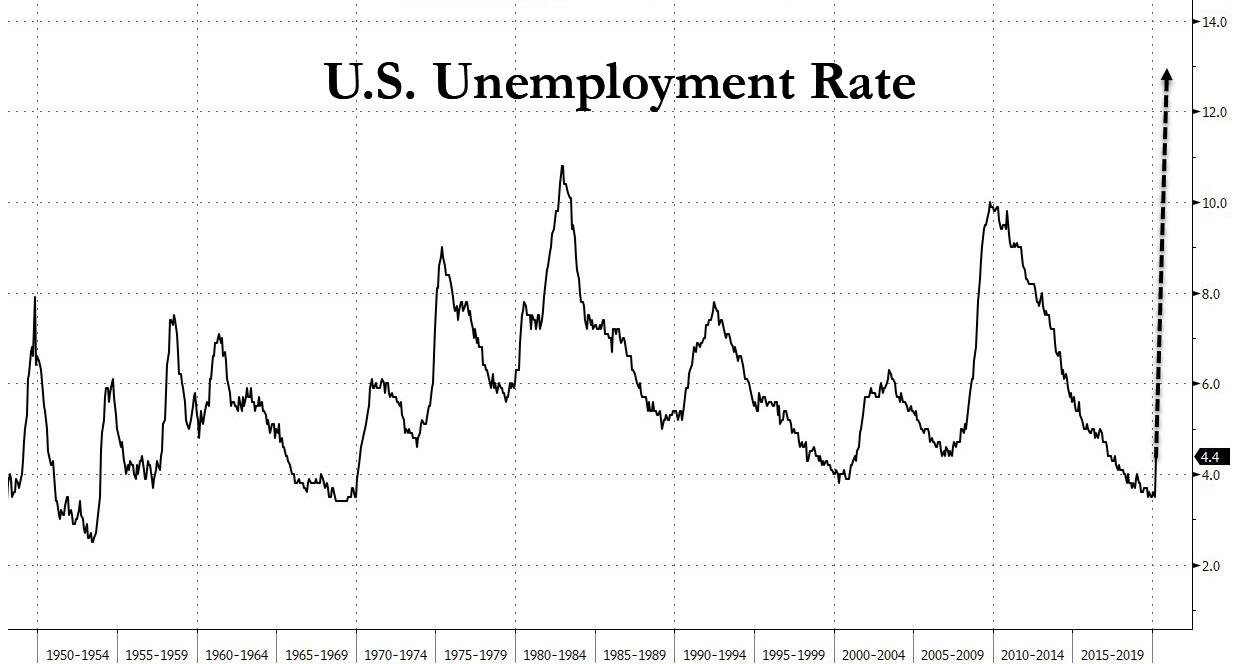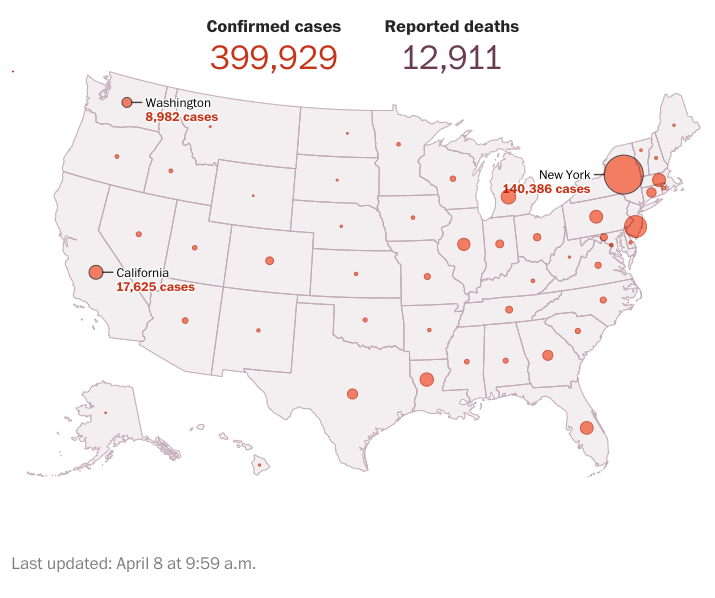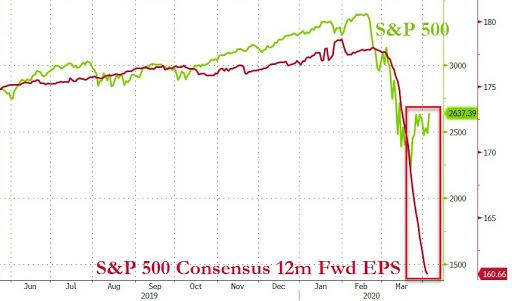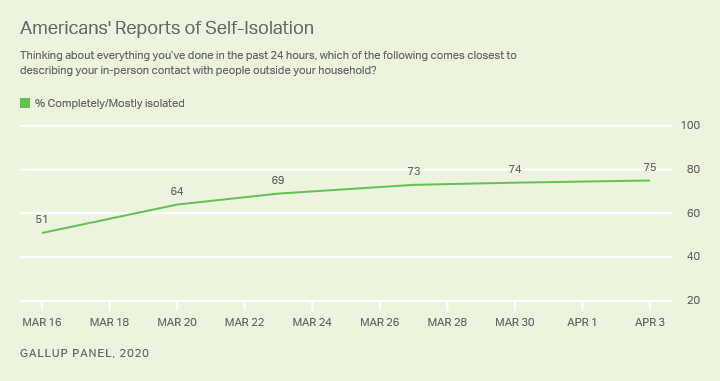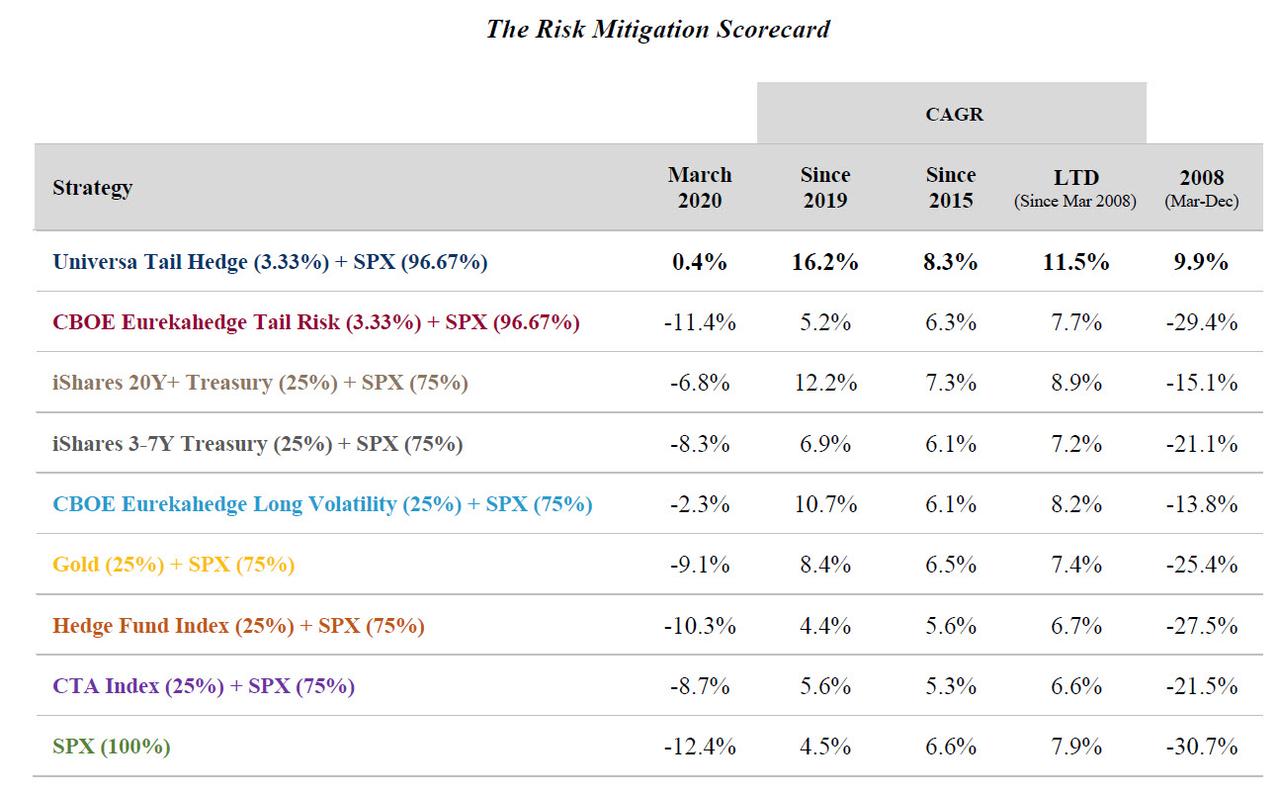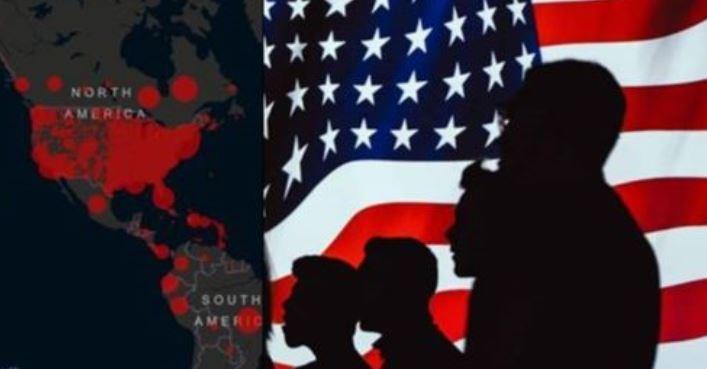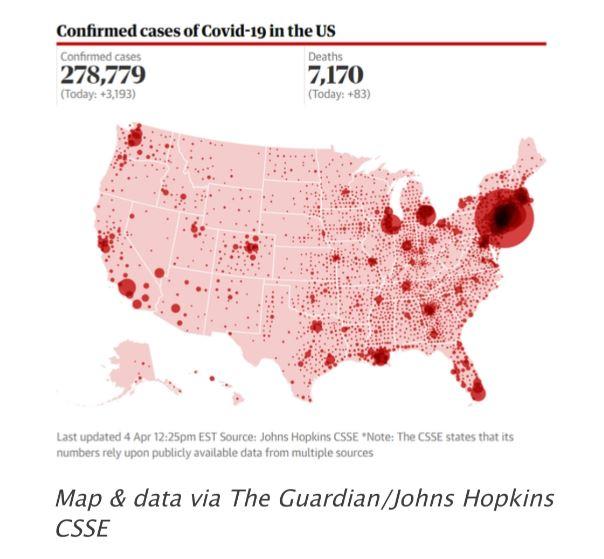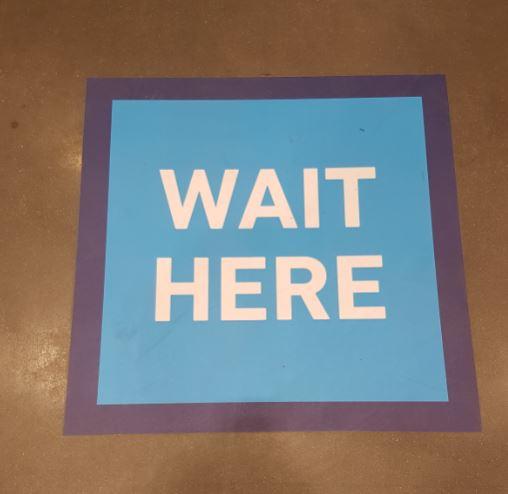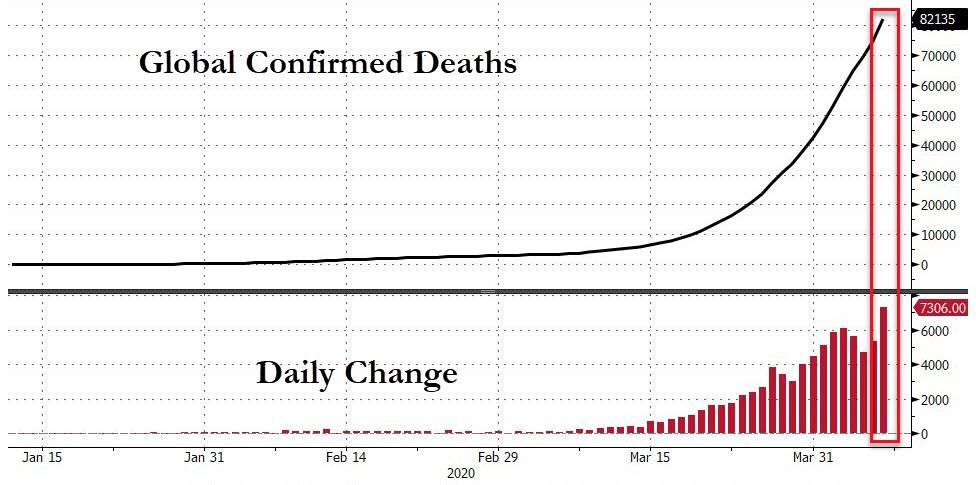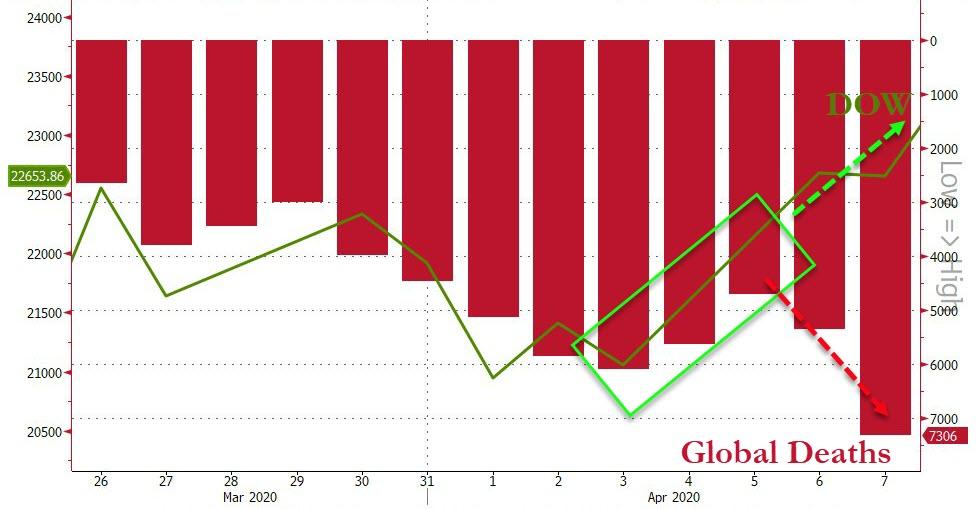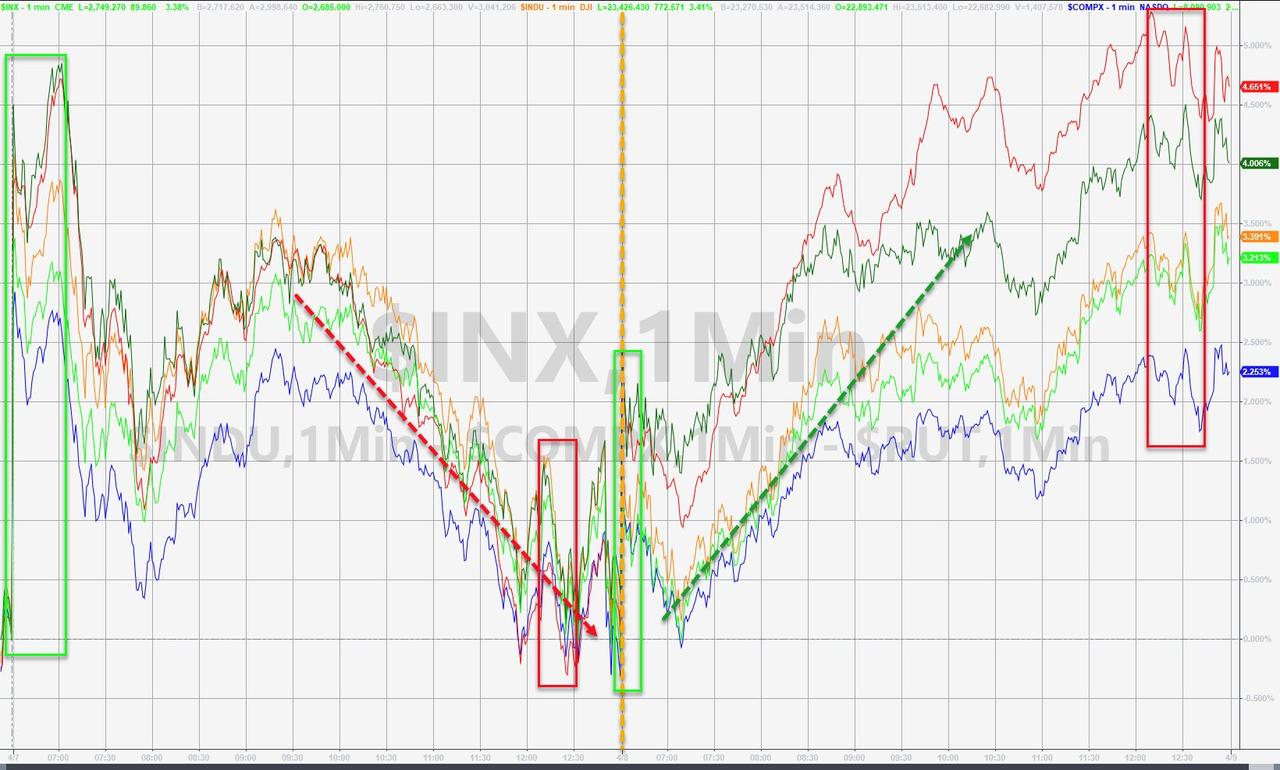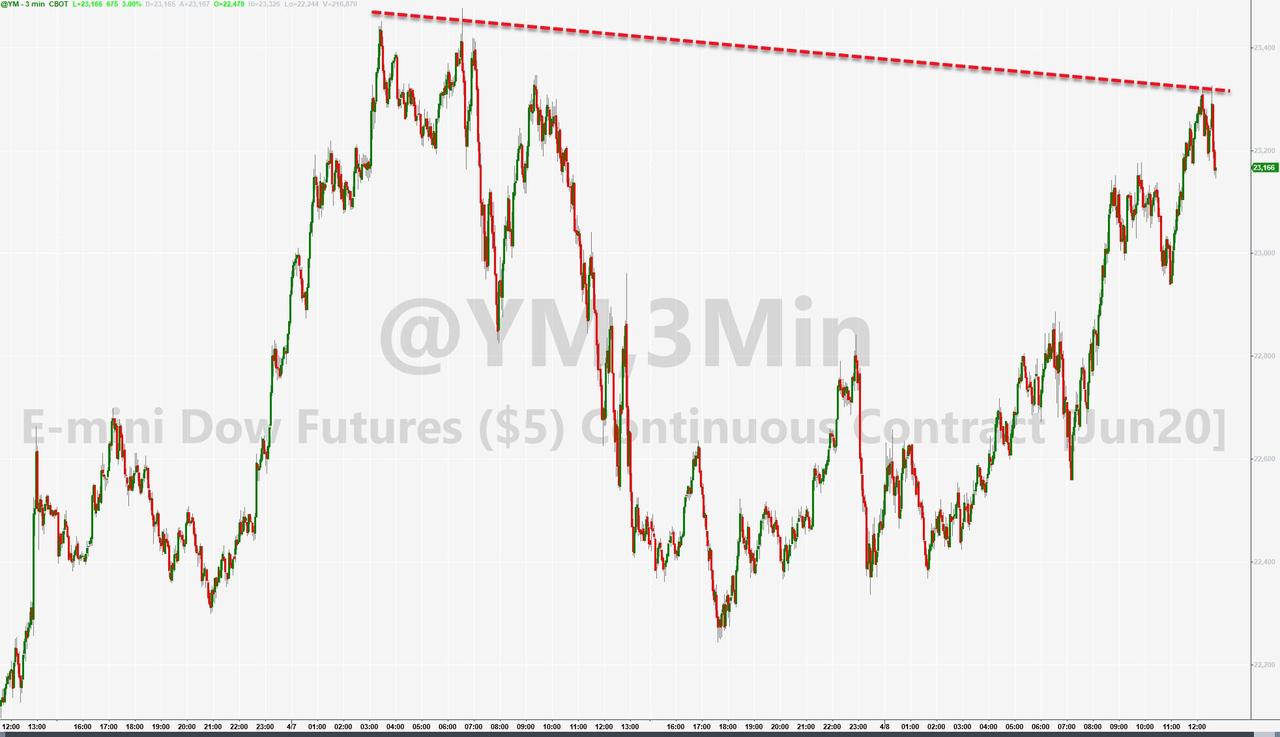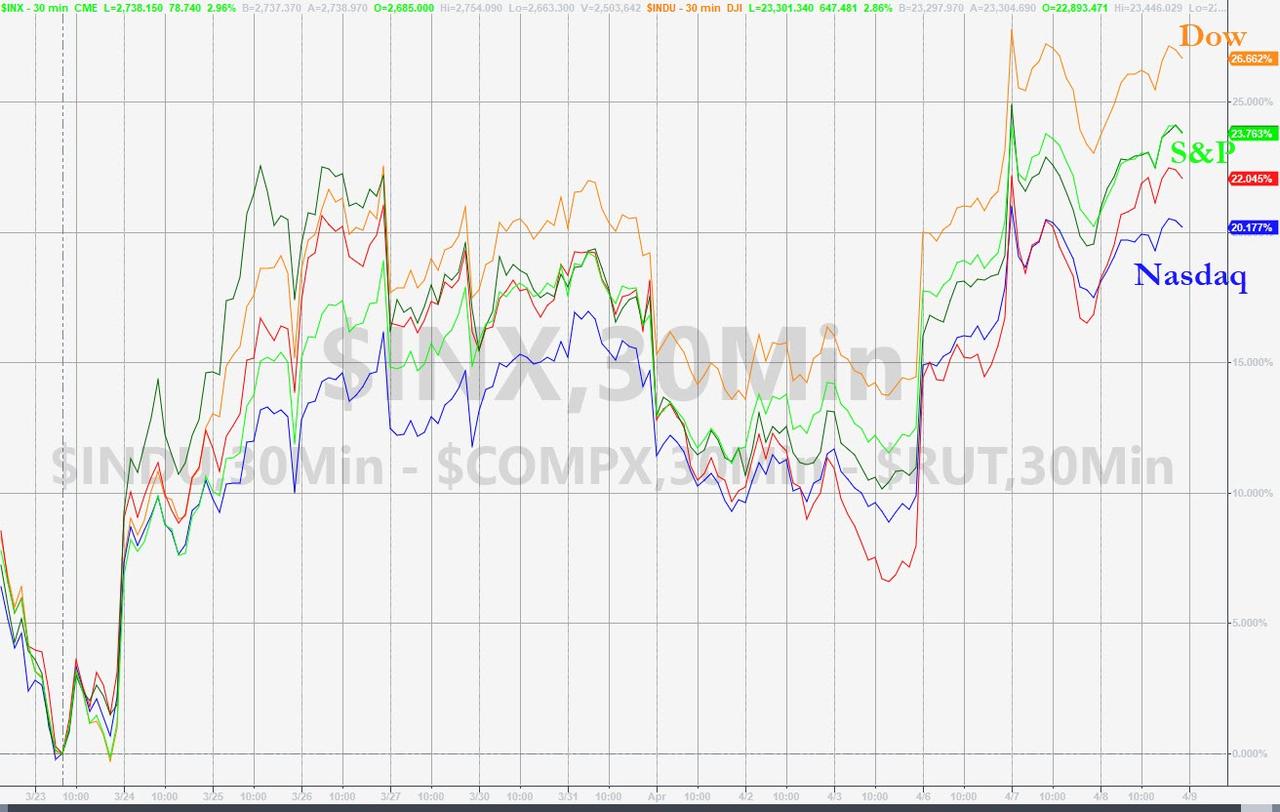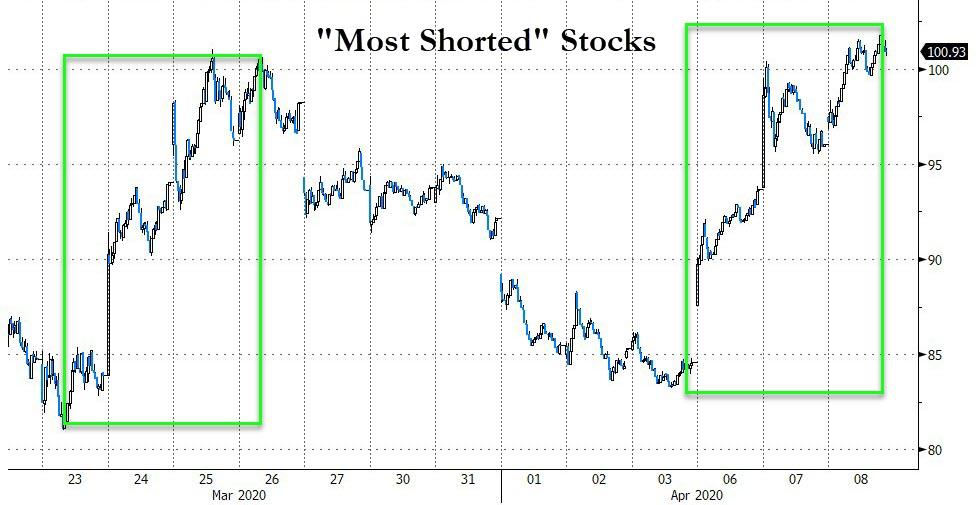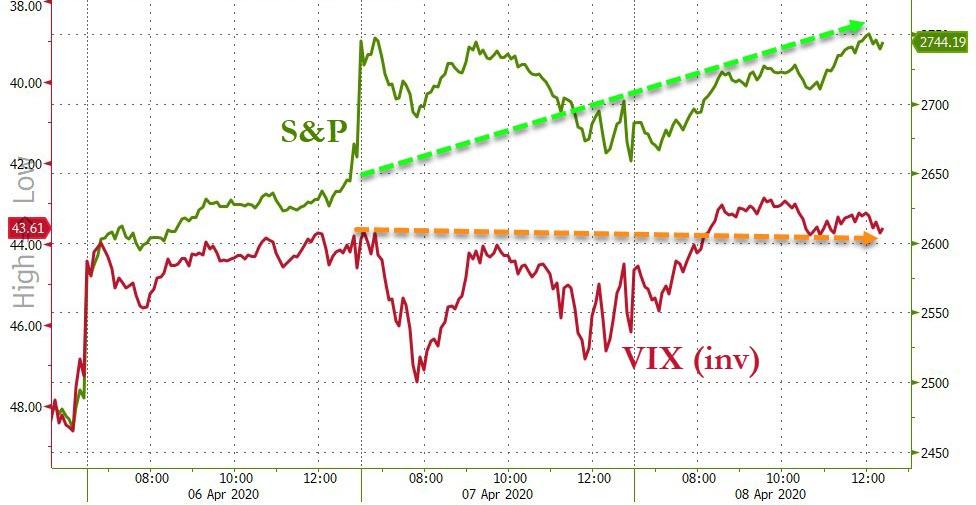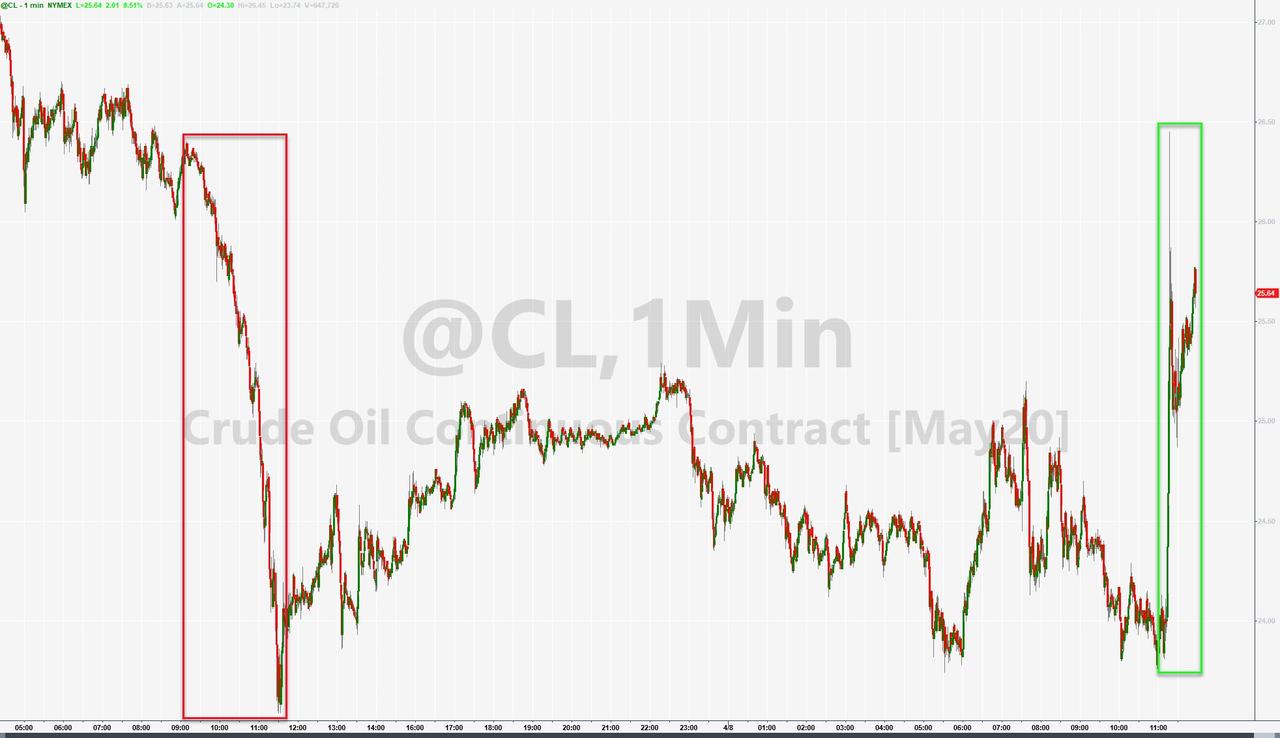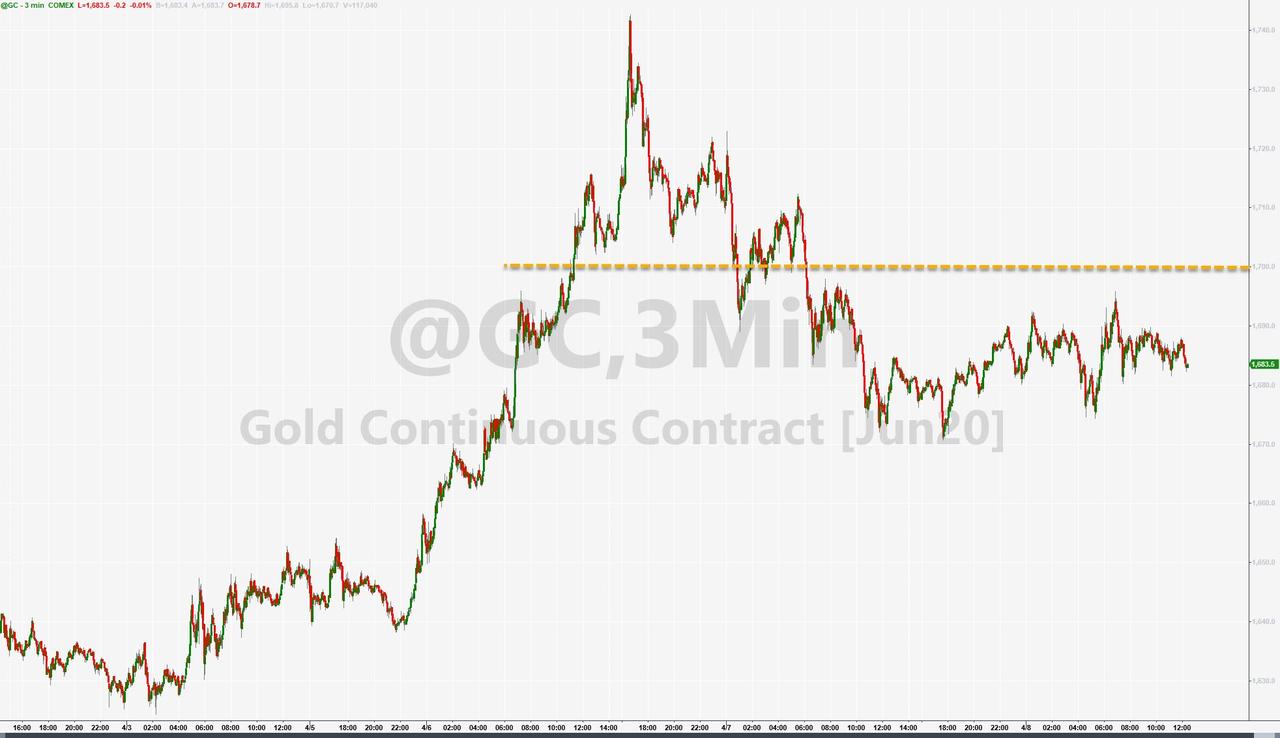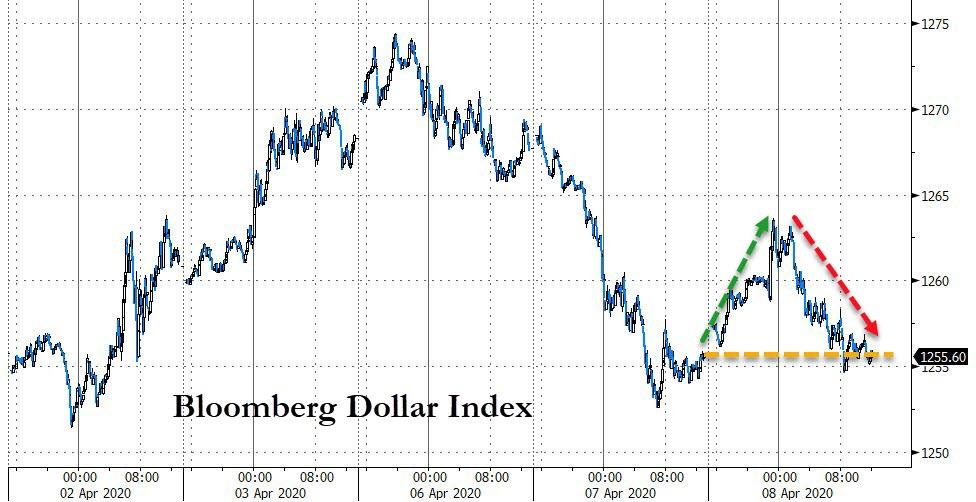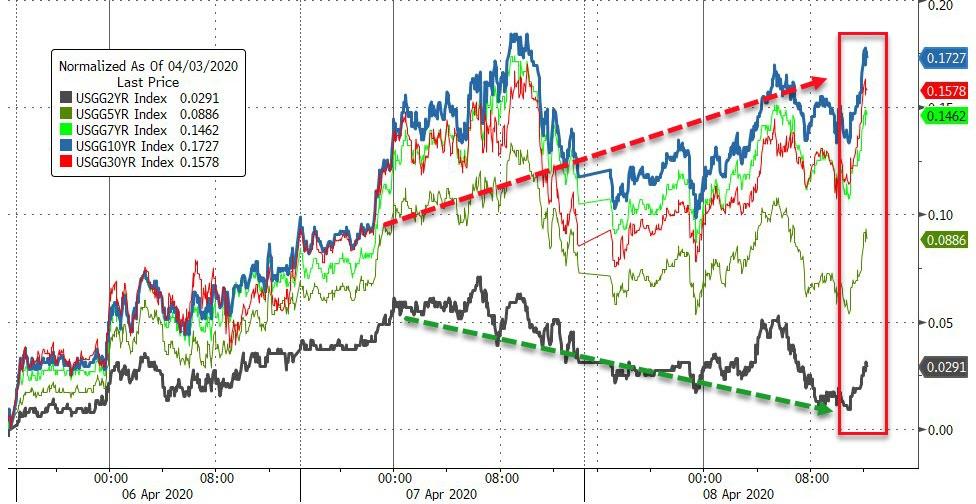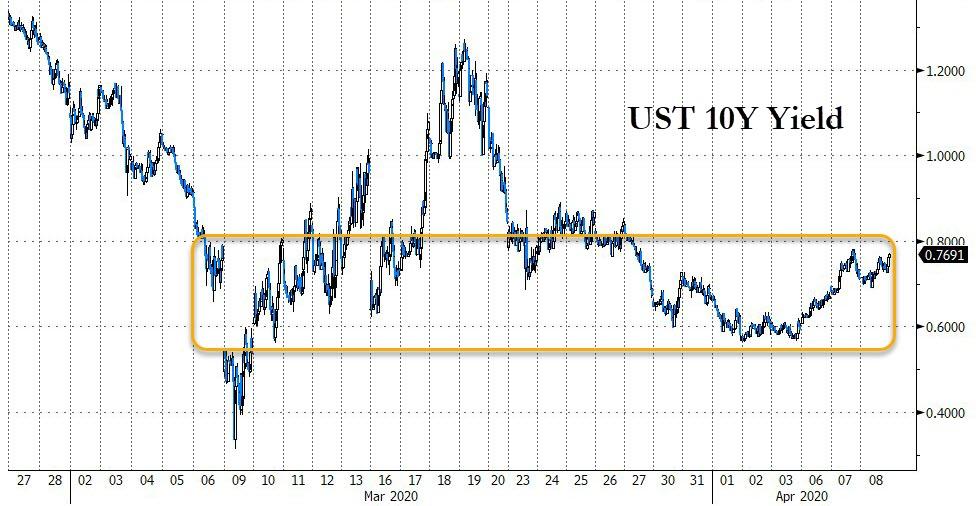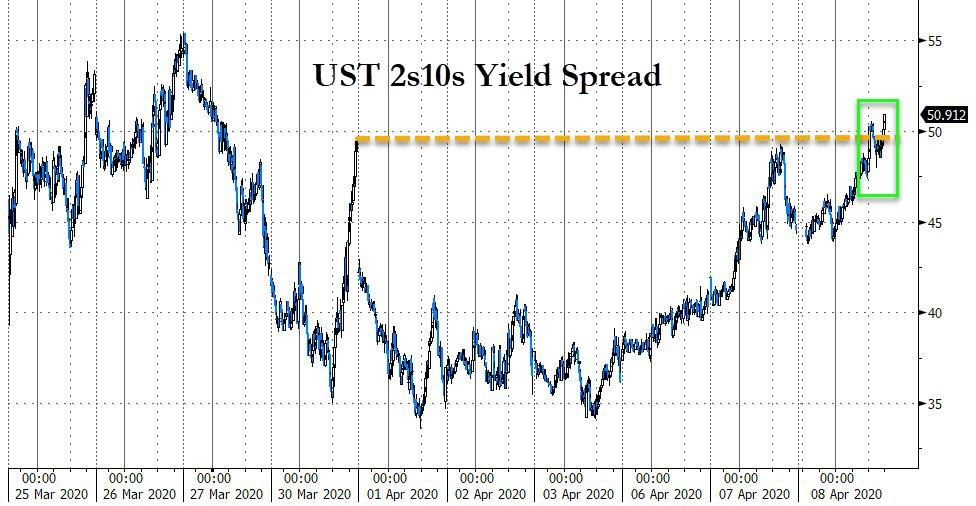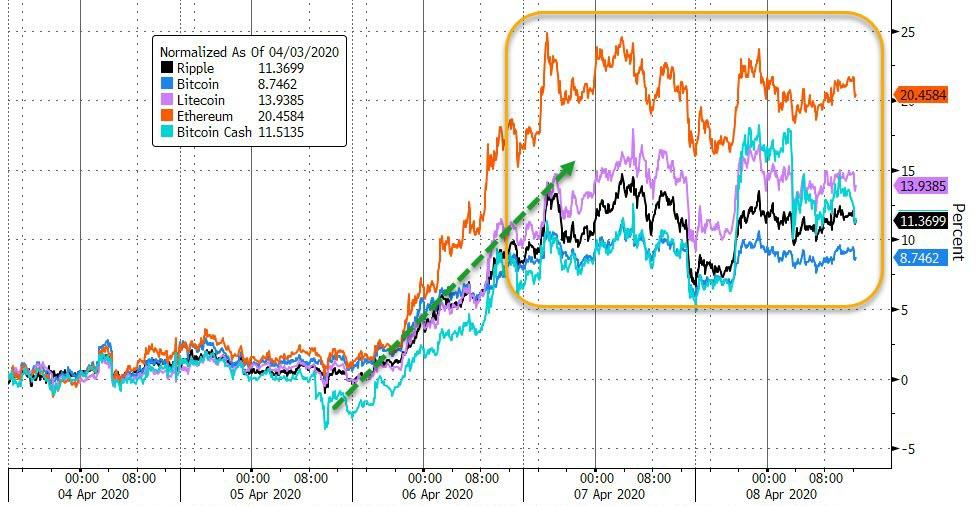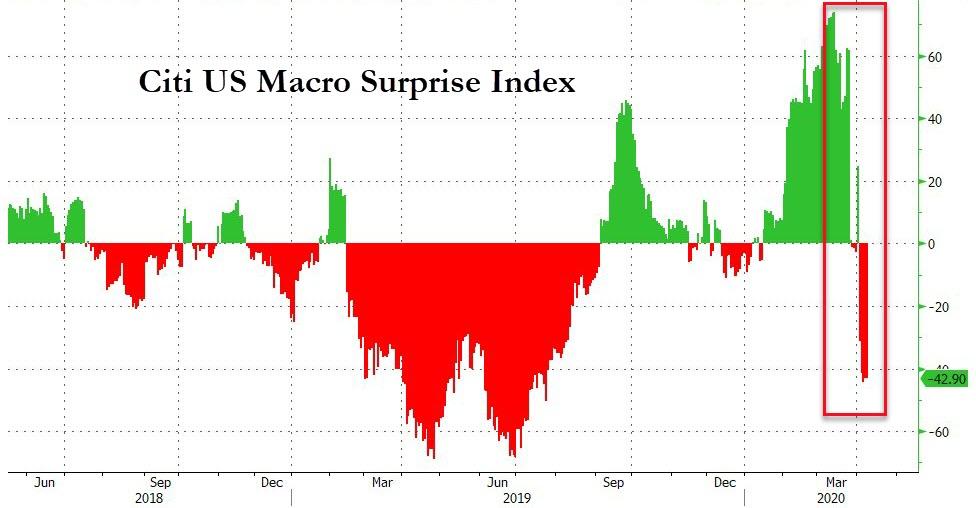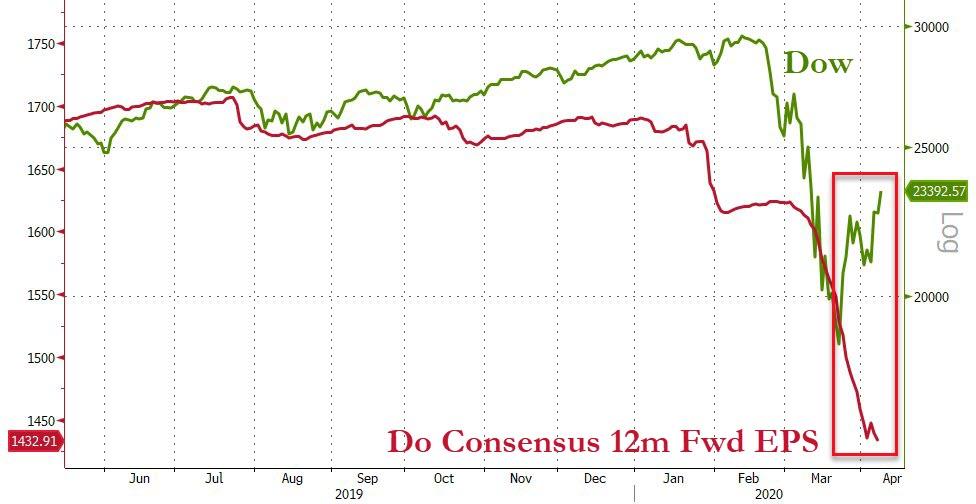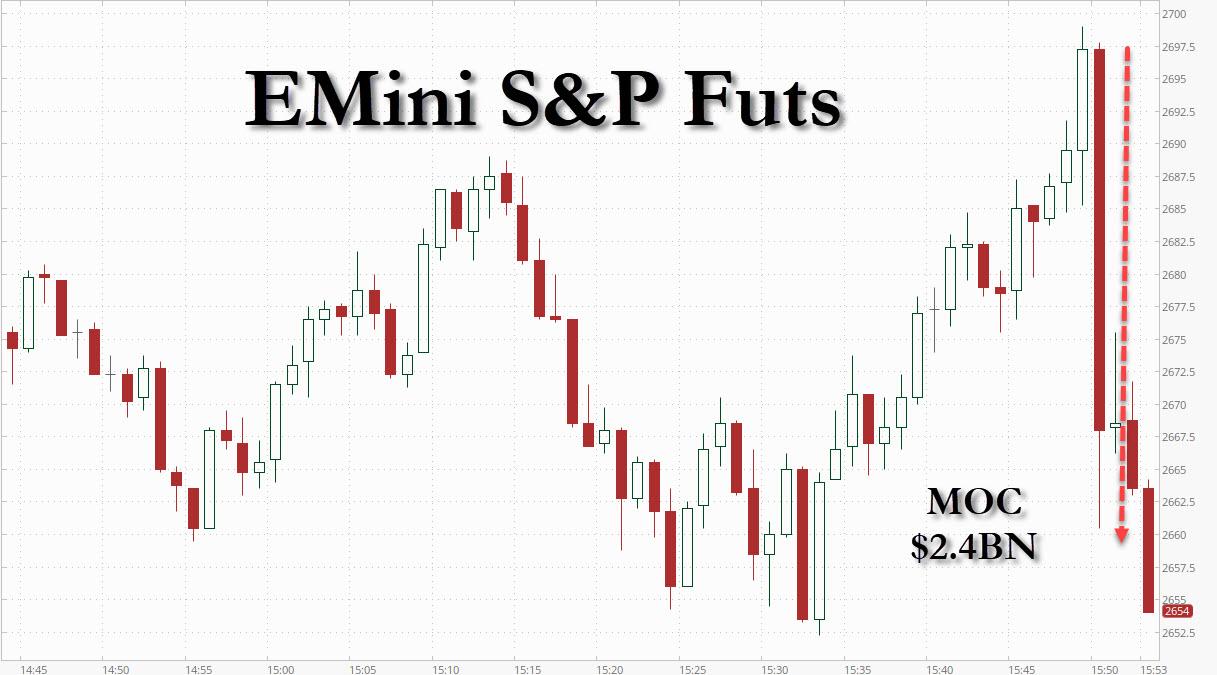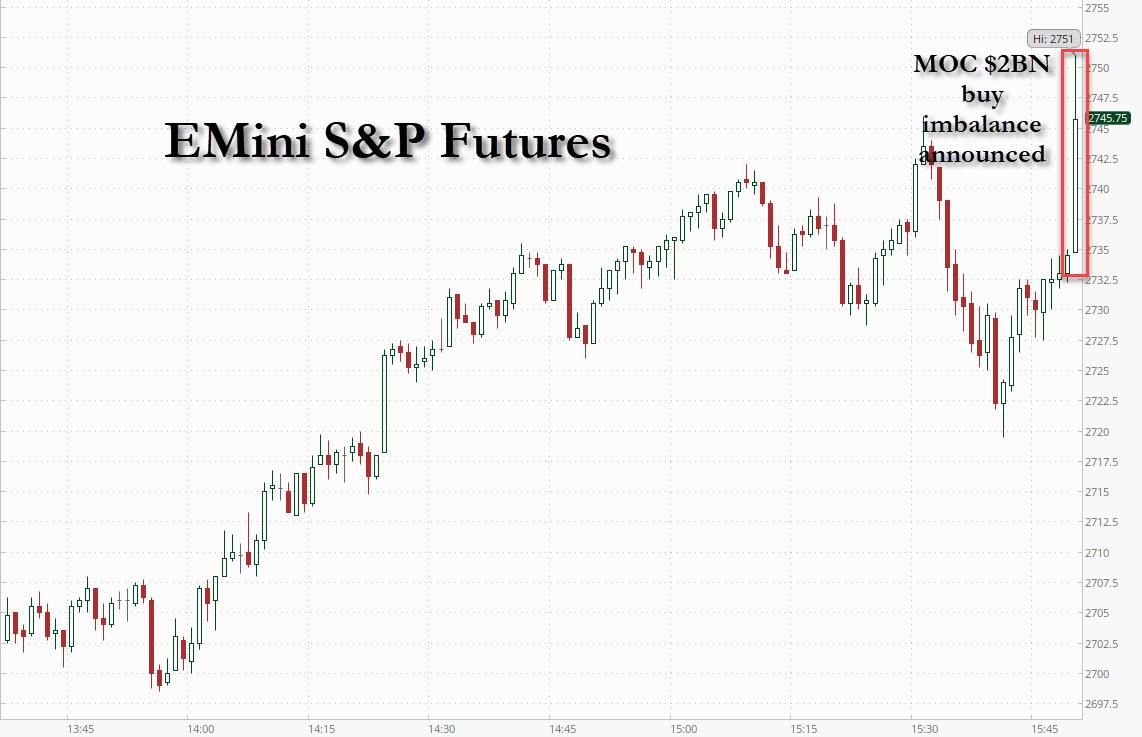From yesterday’s In re Abbott, Fifth Circuit Judge Stuart Kyle Duncan, joined by Judge Jennifer Walker Elrod:
To preserve critical medical resources during the escalating COVID-19 pandemic [especially “PPE,” personal protective equipment], on March 22, 2020, the Governor of Texas issued executive order GA-09, which postpones non-essential surgeries and procedures until 11:59 p.m. on April 21, 2020…. [The order] applies to all licensed healthcare professionals and facilities in Texas and requires that they:
“postpone all surgeries and procedures that are not immediately medically necessary to correct a serious medical condition of, or to preserve the life of, a patient who without immediate performance of the surgery or procedure would be at risk for serious adverse medical consequences or death, as determined by the patient’s physician.”
Importantly, the order “shall not apply to any procedure that, if performed in accordance with the commonly accepted standard of clinical practice, would not deplete the hospital capacity or the personal protective equipment needed to cope with the COVID-19 disaster.” Failure to comply with the order may result in administrative or criminal penalties …. The order automatically expires after 11:59 p.m. on April 21, 2020, but can be modified, amended, or superseded….
GA-09 applies to abortion providers (alongside providers of many other medical services), and the District Court issued a temporary restraining order against enforcing it. The Fifth Circuit majority essentially vacated the injunction, but left open—grudgingly or not, you decide—the possibility that GA-09 might be blocked as to those women for whom it essentially denies an abortion (because they are close to viability, past which abortions become illegal) rather than just delaying it:
We emphasize the limits of our decision, which is based only on the record before us. The district court has scheduled a telephonic preliminary injunction hearing for April 13, 2020, when all parties will presumably have the chance to present evidence on the validity of applying GA-09 in specific circumstances. The district court can then make targeted findings, based on competent evidence, about the effects of GA-09 on abortion access….
Respondents will have the opportunity to show at the upcoming preliminary injunction hearing that certain applications of GA-09 may constitute an undue burden under Casey, if they prove that, “beyond question,” GA-09’s burdens outweigh its benefits in those situations…. {[I]n their stay opposition, Respondents argue that GA-09 cannot apply to “patients whose pregnancies will, before the expiration of the stay, reach or exceed twenty-two weeks LMP [“last menstrual period”], the gestational point at which abortion may no longer be provided in Texas.” As Petitioners point out, if competent evidence shows that a woman is in that position, nothing prevents her from seeking as-applied relief.}
We do not decide at this stage … whether an injunction narrowly tailored to particular circumstances would pass muster under the Jacobson framework [more on that framework below -EV]. These are issues that the parties may pursue at the preliminary injunction stage, where Respondents will bear the burden to prove, “by a clear showing,” that they are entitled to relief. Cf. Ayotte v. Planned Parenthood (2006) (injunction should be tailored to “[o]nly [the] few applications” of challenged statute that “would present a constitutional problem”)….
Before getting into the long excerpts from the long majority and dissenting opinions (and I’m not even including the complicated procedural debates), here’s my quick view: I think that GA-09 should indeed be viewed as invalid as to women who are near viability, and thus would entirely lose their right to abortion if the abortion is delayed.
I don’t read Jacobson v. Massachusetts (1905), the mandatory vaccination case about which you’ll read much more below, as generally requiring broad deference in such a situation. Rather, in my view the key point in Jacobson, which the Court repeated often, was that vaccination had been broadly accepted as, practically speaking, not much of a practical burden on anyone—though the vaccine available at the time carried considerable risk for the person, it was much less than remaining unvaccinated (and of course the death rate from smallpox is vast, likely at least ten times more than that of coronavirus). Mandatory vaccination still burdened people’s freedom, because the Court generally recognized a general right not to be subjected to medical procedures against one’s will. But its practical burden on people’s lives was limited.
It doesn’t follow that Jacobson would call for equal deference to governmental judgments when the law denies a constitutional right in a way that has a deep practical effect on the rightsholder’s life, as when postponing an abortion makes it illegal. That, I think, would be much more clearly “a plain, palpable invasion of rights secured by the fundamental law” (at least the fundamental law as the Court interpreted it in Casey)—especially when the risk created by recognizing the right would be much more attenuated.
In any event, back to what actual judges, rather than just law professors, think. Here’s the majority’s substantive analysis, which relied extensively on Jacobson:
{In Jacobson, the Supreme Court considered a claim that the state’s compulsory vaccination law—enacted amidst a growing smallpox epidemic in Cambridge, Massachusetts—violated the defendant’s Fourteenth Amendment right “to care for his own body and health in such way as to him seems best.” The Court rejected this claim. Famously, it explained that the “liberty secured by the Constitution … does not import an absolute right in each person to be, at all times and in all circumstances, wholly freed from restraint.” Rather, “a community has the right to protect itself against an epidemic of disease which threatens the safety of its members.” In describing a state’s police power to combat an epidemic, the Court explained:
“[I]n every well-ordered society charged with the duty of conserving the safety of its members the rights of the individual in respect of his liberty may at times, under the pressure of great dangers, be subjected to such restraint, to be enforced by reasonable regulations, as the safety of the general public may demand.”
The Supreme Court has repeatedly acknowledged this principle. See, e.g., Lawton v. Steele (1894) (recognizing that “the state may interfere wherever the public interests demand it” and “discretion is necessarily vested in the legislature to determine, not only what the interests of the public require, but what measures are necessary for the protection of such interests”); Compagnie Francaise de Navigation a Vapeur v. La. State Bd. of Health (1902) (upholding Louisiana’s right to quarantine passengers aboard vessel—even where all were healthy—against a Fourteenth Amendment challenge); Prince v. Massachusetts (1944) (noting that “[t]he right to practice religion freely does not include liberty to expose the community … to communicable disease”); United States v. Caltex (1952) (acknowledging that “in times of imminent peril—such as when fire threatened a whole community—the sovereign could, with immunity, destroy the property of a few that the property of many and the lives of many more could be saved”).}
“[U]nder the pressure of great dangers,” constitutional rights may be reasonably restricted “as the safety of the general public may demand.” Jacobson. That settled rule allows the state to restrict, for example, one’s right to peaceably assemble, to publicly worship, to travel, and even to leave one’s home. The right to abortion is no exception. See Roe v. Wade (1973) (citing Jacobson); Planned Parenthood v. Casey (1992) (same); Gonzales v. Carhart (2007) (same). {Jacobson governs a state’s emergency restriction of any individual right, not only the right to abortion. The same analysis would apply, for example, to an emergency restriction on gathering in large groups for public worship during an epidemic. See Prince v. Massachusetts (1944) (“The right to practice religion freely does not include liberty to expose the community … to communicable disease.”).} … [And] “[i]t is no part of the function of a court” to decide which measures are “likely to be the most effective for the protection of the public against disease.” Jacobson, 197 U.S. at 30….
To be sure, individual rights secured by the Constitution do not disappear during a public health crisis, but the Court plainly stated that rights could be reasonably restricted during those times. Importantly, the Court narrowly described the scope of judicial authority to review rights-claims under these circumstances: review is “only” available
“if a statute purporting to have been enacted to protect the public health, the public morals, or the public safety, has no real or substantial relation to those objects, or is, beyond all question, a plain, palpable invasion of rights secured by the fundamental law.”
Elsewhere, the Court similarly described this review as asking whether power had been exercised in an “arbitrary, unreasonable manner,” or through “arbitrary and oppressive” regulations.
Jacobson did emphasize, however, that even an emergency mandate must include a medical exception for “[e]xtreme cases.” Thus, the vaccination mandate could not have applied to an adult where vaccination would exacerbate a “particular condition of his health or body.” In such a case, the judiciary would be “competent to interfere and protect the health and life of the individual concerned.” At the same time, Jacobson disclaimed any judicial power to second-guess the state’s policy choices in crafting emergency public health measures: “Smallpox being prevalent and increasing at Cambridge, the court would usurp the functions of another branch of government if it adjudged, as matter of law, that the mode adopted under the sanction of the state, to protect the people at large was arbitrary, and not justified by the necessities of the case.” … “It is no part of the function of a court or a jury to determine which one of two modes was likely to be the most effective for the protection of the public against disease. That was for the legislative department to determine in the light of all the information it had or could obtain.” ….
Jacobson remains good law. See, e.g., Kansas v. Hendricks (1997) (recognizing Fourteenth Amendment liberties may be restrained even in civil contexts, relying on Jacobson); Hickox v. Christie (D.N.J. 2016) (rejecting, based on Jacobson, a § 1983 lawsuit concerning 80-hour quarantine of nurse returning from treating Ebola patients in Sierra Leone). And, most importantly for the present case, nothing in the Supreme Court’s abortion cases suggests that abortion rights are somehow exempt from the Jacobson framework. Quite the contrary, the Court has consistently cited Jacobson in its abortion decisions….
The majority then turned to applying Jacobson:
The first Jacobson inquiry asks whether GA-09 lacks a “real or substantial relation” to the crisis Texas faces…. GA-09 is supported by findings that (1) “a shortage of hospital capacity or personal protective equipment would hinder efforts to cope with the COVID-19 disaster,” and (2) “hospital capacity and personal protective equipment are being depleted by surgeries and procedures that are not medically necessary to correct a serious medical condition or to preserve the life of a patient.” The order also references, and reinforces, the Governor’s prior executive order, GA-08, “aimed at slowing the spread of COVID-19.” Accordingly, GA-09 instructs licensed health care professionals and facilities to postpone non-essential surgeries and procedures until 11:59 p.m. on April 21, 2020….
To be sure, GA-09 is a drastic measure, but that aligns it with the numerous drastic measures Petitioners and other states have been forced to take in response to the coronavirus pandemic. Faced with exponential growth of COVID-19 cases, states have closed schools, sealed off nursing homes, banned social gatherings, quarantined travelers, prohibited churches from holding public worship services, and locked down entire cities. These measures would be constitutionally intolerable in ordinary times, but are recognized as appropriate and even necessary responses to the present crisis. So, too, GA-09. As the state’s infectious disease expert points out, “[g]iven the risk of transmission in health care settings” there is “a sound basis for limiting all surgeries except those that are immediately medically necessary so as to prevent the spread of COVID 19.” …
{[As to the use of PPE in abortions,] Respondents’ complaint states that clinicians use “gloves, a surgical mask, and protective eyewear” for surgical abortions. Their declarations similarly attest that surgical abortions consume sterile and non-sterile gloves, masks, gowns, and shoe covers. Second-trimester abortions require more extensive PPE, including face shields. After a surgical abortion, a provider examines the fetal tissue in a pathology laboratory, which requires a gown, face shield or goggles, shoe covers, and gloves…. Respondents assert PPE is not used in “providing the pills” for medication abortions, whereas Petitioners counter that, for medication abortions, Texas requires a physical examination, ultrasound, and follow-up visits—all of which consume PPE. Petitioners also point out that some number of medication abortions result in incomplete abortions that require hospitalization. The dissent appears to accept at face value Respondents’ representations about how medication abortions consume PPE. We think that evidentiary determination is better left to the district court at the preliminary injunction stage.}
The second Jacobson inquiry asks whether GA-09 is “beyond question, in palpable conflict with the Constitution.” … Properly understood, GA-09 merely postpones certain non-essential abortions, an emergency measure that does not plainly violate Casey in the context of an escalating public health crisis…. {Respondents imply that GA-09 is effectively indefinite in duration. For example, they claim that “[f]or many women, the denial of access to abortion will be permanent … given the uncertain duration of the emergency.” But the district court did not temporarily restrain some indefinite regulation; it restrained GA-09, which by all accounts expires on April 21, 2020. If anything, Respondents’ concern about the indefinite duration “of the emergency” serves to strengthen Petitioners’ position that “extraordinary measures” must be taken now to mitigate the “‘exponential increase’ in COVID-19 cases … expected over the next few days and weeks.”}
The order is a concededly valid public health measure that applies to “all surgeries and procedures,” does not single out abortion, and merely has the effect of delaying certain non-essential abortions. Moreover, the order has an exemption for serious medical conditions, comporting with Jacobson‘s requirement that health measures “protect the health and life” of susceptible individuals. Indeed, the exemption in GA-09 goes well beyond the exceptions for “[e]xtreme cases” Jacobson discussed….
[Indeed, u]nder Casey, courts must ask whether an abortion restriction is “undue,” which requires “consider[ing] the burdens a law imposes on abortion access together with the benefits those laws confer.” The district court was required to do this analysis—that is, it should have asked whether GA-09 imposes burdens on abortion that “beyond question” exceed its benefits in combating the epidemic Texas now faces. But that analysis would have required careful parsing of the evidence…. (Casey “place[s] considerable weight upon evidence … presented in judicial proceedings” ….) Any consideration of the evidence, however, is entirely absent from the district court’s order….
In sum, based on this record we conclude that GA-09—an emergency measure that postpones certain non-essential abortions during an epidemic—does not “beyond question” violate the constitutional right to abortion….
[A] court must at the very least weigh the potential injury to the public health when it considers enjoining state officers from enforcing emergency public health laws…. Instead of doing … this, the district court substituted its ipse dixit for the Governor’s reasoned judgment, bluntly concluding that “[t]he benefits of a limited potential reduction in the use of some personal protective equipment by abortion providers is outweighed by the harm of eliminating abortion access in the midst of a pandemic that increases the risks of continuing an unwanted pregnancy.” …
As Jacobson repeatedly instructs, however, if the choice is between two reasonable responses to a public crisis, the judgment must be left to the governing state authorities. “It is no part of the function of a court or a jury to determine which one of two modes [i]s likely to be the most effective for the protection of the public against disease.” Such authority properly belongs to the legislative and executive branches of the governing authority. In light of the massive and rapidly-escalating threat posed by the COVID-19 pandemic, “the court would usurp the functions of another branch of government if it adjudged, as matter of law, that the mode adopted under the sanction of the state, to protect the people at large was arbitrary, and not justified by the necessities of the case.” … We decline to engage in such “unwarranted judicial action.”
To be sure, the judiciary is not completely sidelined in a public health crisis. We have already explained that Respondents may seek more targeted relief, if they can prove their entitlement to it, at the preliminary injunction stage. Additionally, a court may inquire whether Texas has exploited the present crisis as a pretext to target abortion providers sub silentio. Respondents make allegations to that effect, contending that Petitioners are using GA-09 “to exploit the COVID-19 pandemic to achieve their longtime goal of banning abortion in Texas.” Nonetheless, on this record, we see no evidence that GA-09 was meant to exploit the pandemic in order to ban abortion or was crafted “as some kind of ruse to unreasonably delay … abortion[s] past the point where a safe abortion could occur.”
To the contrary, GA-09 applies to a whole host of medical procedures and regulates abortions evenhandedly with those other procedures. The order itself does not even mention abortion—or any other particular procedure—at all. Instead, it refers broadly to “all surgeries or procedures” that meet its criteria…. [S]ome cosmetic, bariatric, orthopedic, and gynecologic procedures “are being suspended” alongside abortions…. [T]he Centers for Medicare & Medicaid Services have recommended postponing several other critical procedures, including endoscopies and colonoscopies, and even some oncological and cardiovascular procedures for low-risk patients. This evidence undermines Respondents’ contention that GA-09 exploits the present crisis to ban abortion. Respondents will have the opportunity, of course, to present additional evidence in conjunction with the district court’s preliminary injunction hearing scheduled for April 13, 2020. Our decision, however, must be limited to the record before us. Based on that record, we cannot say that GA-09 is a pretext for targeting abortion….
{[T]he dissent contends that “[r]estricting contact between abortion providers and their patients cannot further the goals of GA-09 if the same order permits in-person contact between providers and patients in other settings.” But this is true of all surgeries and procedures. Nonetheless, in part to “limit[] exposure of patients and staff to the virus that causes COVID-19,” CMS recommends postponing “non-essential surgeries and other procedures.” GA-09 notes that it follows recommendations from “the President’s Coronavirus Task Force, the CDC, the U.S. Surgeon General, and the Centers for Medicare and Medicaid Services.” And the state’s infectious disease expert said that the risk of spreading the virus is real, “especially in the health care setting due to the proximity.” We reiterate that Jacobson commands that it is not the court’s role “to determine which one of two modes [i]s likely to be most effective for the protection of the public against disease.”}
Judges James Dennis dissented; first, he framed Jacobson somewhat differently than the majority did:
The majority claims that “Jacobson disclaimed any judicial power to second-guess the policy choices made by the state in crafting emergency public health measures.” But the Court did not conclude that an emergency situation deprives courts of their duty and power to uphold the constitution—quite the opposite, in fact.
The Court in Jacobson determined that the Massachusetts law should not be invalidated because “[s]mallpox being prevalent and increasing in Cambridge, the court would usurp the functions of another branch of government if it adjudged, as a matter of law, that the mode adopted under the sanction of the state, to protect the people at large was arbitrary, and not justified by the necessities of the case.” The Court certainly did not disclaim any power to so rule, under appropriate circumstances, however, explaining:
“We say necessities of the case, because it might be that an acknowledged power of a local community to protect itself against an epidemic threatening the safety of all might be exercised in particular circumstances and in reference to particular persons in such an arbitrary, unreasonable manner, or might go so far beyond what was reasonably required for the safety of the public, as to authorize or compel the courts to interfere for the protection of such persons.”
The Court in Jacobson also explained that it had previously “recognized the right of a state to pass sanitary laws, laws for the protection of life, liberty, [and] health … within its limits.” Id. (citing Hannibal & St. J.R. Co. v. Husen (1877)). While states have the right to pass such laws, the Court explained, the courts have a “duty to hold … invalid” laws that “went beyond the necessity of the case, and, under the guise of exerting a police power, invaded the domain of Federal authority, and violated rights secured by the Constitution.”
Thus, the Court clearly anticipated that courts would exercise judicial oversight over a state’s decision to restrict personal liberties during emergencies. Jacobson merely acknowledged that what is reasonable during an emergency is different from what is reasonable under normal circumstances, and that courts must not act as super-executives in an emergency. Given the language of Jacobson, then, the Court was concerned with both what the majority focuses on—the state’s ability to adequately protect its citizens during a public health crisis—and what the majority ignores—the courts’ ability to protect citizens’ constitutional rights when states attempt to unjustifiably seize and wield power in the name of the health and safety….
And he applied Jacobson thus:
This case is clearly distinguishable from Jacobson. There, the city required its citizens to get a smallpox vaccine to stop the spread of a smallpox outbreak. The measure adopted by the city related directly to the public health crisis—every citizen who did not receive the vaccine could actively spread the disease, and therefore mandatory vaccination actively curbed the disease’s spread. The thread connecting GA-09 to combatting COVID-19 is more attenuated—premised not on the idea that abortion providers are spreading the virus, but that their continuing operation requires the use of resources that should be conserved and made available to healthcare workers fighting the outbreak. This reasoning requires the additional link that those PPE resources denied to abortion providers are indeed conserved, are significant in amount, and can realistically be reallocated to healthcare workers fighting COVID-19, a showing that Petitioners have not made….
The goals of GA-09 are furthered by restricting abortions, according to Petitioners, because abortions: (1) “reduce[] the scarce supply of PPE available to healthcare providers treating COVID-19 patients,” (2) “result[] in the hospitalization of women,” reducing hospital capacity for COVID-19 patients, and (3) “contribute[] to the spread of the COVID-19 virus.”
Though GA-09 does not define PPE, Respondents explain that the term is generally understood to refer to N95 respirators, surgical masks, non-sterile and sterile gloves, and disposable protective eyewear, gowns, and hair and shoe covers. In response to Petitioners’ argument that abortions will deplete PPE necessary for healthcare providers treating COVID-19 patients, Respondents contend that abortions utilize little or no PPE and that abortions are time-sensitive procedures.
Regarding the first point, whether an abortion takes no PPE or some PPE depends on the type of procedure. Procedural abortions in Texas are single-day procedures that, unlike surgeries, require no hospital bed, incision, general anesthesia, or sterile field. During the procedure, the providers use PPE such as gloves, a surgical mask, disposable protective eyewear, disposable or washable gowns, and hair and shoe covers. Most Respondents do not have N95 respirators, and those that do have only a small supply that they rarely, if ever, use. Medication abortions, which involve only taking medications by mouth, require no PPE to administer the medication, and may require the use of gloves only at pre- and post-procedure appointments, depending on the circumstances. Petitioners identify no other treatment through oral medication that would be affected by GA-09.
Moreover, Respondents point out that Petitioners’ PPE conservation argument mistakenly assumes that a patient unable to obtain an abortion will not otherwise need medical care that requires the consumption of PPE. Pregnant patients who cannot access abortion require prenatal care and must often undergo unplanned hospital visits. And to the extent patients are prevented from obtaining abortions altogether, childbirth and delivery require exponentially more PPE than an abortion. Denying pregnant patients access to abortion now may simply change the purpose for which the PPE is used, without any surplus that is able to be reallocated to healthcare workers treating COVID-19 patients.
Other pregnant patients with the resources to do so may choose to seek abortions outside of Texas—a result clearly contrary to Texas’s purported goal of avoiding the spread of the virus. GA-09 has already led patients to travel to other states to obtain abortion care in a pandemic, exposing patients and third parties to infection risks. One out-of-state physician stated that he treated 30 abortion patients from Texas in the week after the attorney general’s statement.
Petitioners also argue that the abortion restrictions are necessary to preserve hospital capacity, while Respondents point out that legal abortions are safe and almost never require hospitalization, and abortion care is substantially less likely to lead to hospitalization than caring for a patient with respect to full term pregnancy, childbirth, and post-natal care.
Finally, Petitioners argue that GA-09 as understood to ban all abortions provides the benefit of restricting contact between patients, medical staff, and physicians to help prevent the spread of COVID-19. While this may be true, the language of GA-09 reveals that it was not adopted to serve this interest. GA-09 exempts “any procedure … that would not deplete the hospital capacity or the personal protective equipment needed to cope with the COVID-19 disaster.” It excludes all forms of medical care save “surgeries and procedures,” and therefore does not contemplate restricting any other type of medical care that results in contact between providers and patients. Restricting contact between abortion providers and their patients cannot further the goals of GA-09 if the same order permits in-person contact between providers and patients in other settings.
Petitioners suggest that, in addition to these reasons, “Plaintiffs have identified no substantial burdens that will result from delaying elective abortions in accordance with [GA-09].” The majority agrees, concluding that “the expiration date makes GA-09 a delay, not a ban.” But it is painfully obvious that a delayed abortion procedure could easily amount to a total denial of that constitutional right: If currently scheduled abortions are postponed, many women will miss the small window of opportunity they have to access a legal abortion. Texas generally prohibits abortion after twenty-two weeks from the first day of the pregnant person’s last menstrual period (“LMP”), and therefore GA-09 has the potential to deny a woman’s constitutional right to an abortion where that right will lapse during the duration of GA-09. A woman has only a small window of opportunity to exercise her constitutional right to choose, and therefore Petitioners’ action in further narrowing that window will present a burden in many cases….
[P]rohibiting abortions for patients whose pregnancies will, before the expiration of GA-09, reach or exceed twenty-two weeks, the gestational point at which abortion may no longer be provided in Texas, represents “a plain, palpable invasion of rights secured by the fundamental law.” Even if such state action is successful in conserving the minimal PPE utilized in such procedures, as applied to this group of people, the state’s action constitutes an outright ban on previability abortion, which is “beyond question, in palpable conflict with the Constitution.” Jacobson (explaining that a state’s police power “might be exercised … in reference to particular persons in such an arbitrary, unreasonable manner, or might go so far beyond what was reasonably required for the safety of the public, as to authorize or compel the courts to interfere for the protection of such persons”). Insofar as GA-09 applies to this group of women, then, the district court’s result in allowing abortions to proceed was not patently erroneous.
Second, insofar as GA-09 bans procedural and medication abortions generally, this act “has no real or substantial relation to” Petitioners’ stated goal of conserving PPE and maintaining access to hospital beds and therefore it goes “beyond the necessity of the case, and, under the guise of exerting a police power … violate[s] rights secured by the Constitution.” In particular, abortions require minimal PPE (and medication abortions require no PPE to administer the medication), do not require the use of N95 respirator masks, and rarely require hospitalization. And as Respondents point out, the medical resources conserved by prohibiting abortions would simply be otherwise consumed through prenatal care by women forced to continue their pregnancies or incentivize women to travel out of state to obtain abortions, facilitating the spread of the virus. Finally, even assuming that delayed abortions in fact conserve PPE, Respondents have not demonstrated how the PPE could realistically be reallocated to healthcare workers fighting COVID-19….

from Latest – Reason.com https://ift.tt/2x4ScYA
via IFTTT
